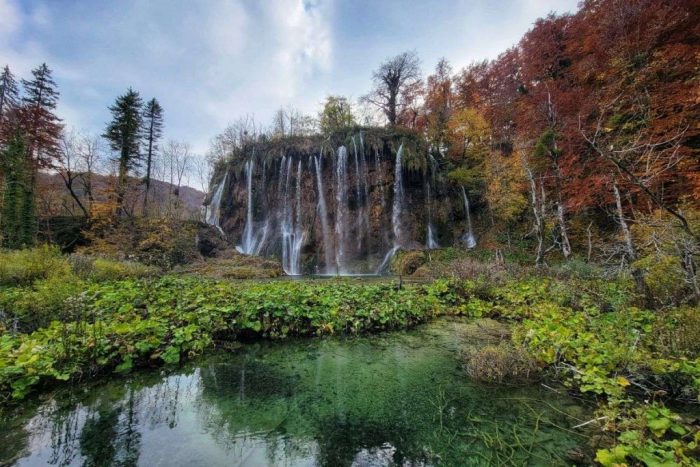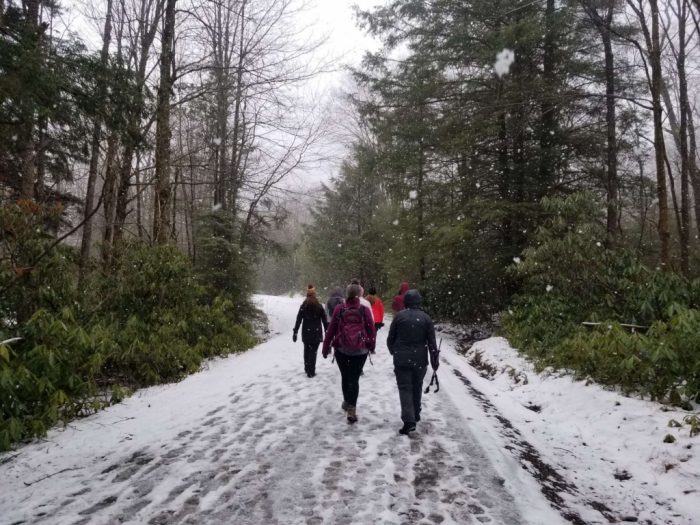How to Identify Poison Ivy (And How to Treat an Allergic Reaction)
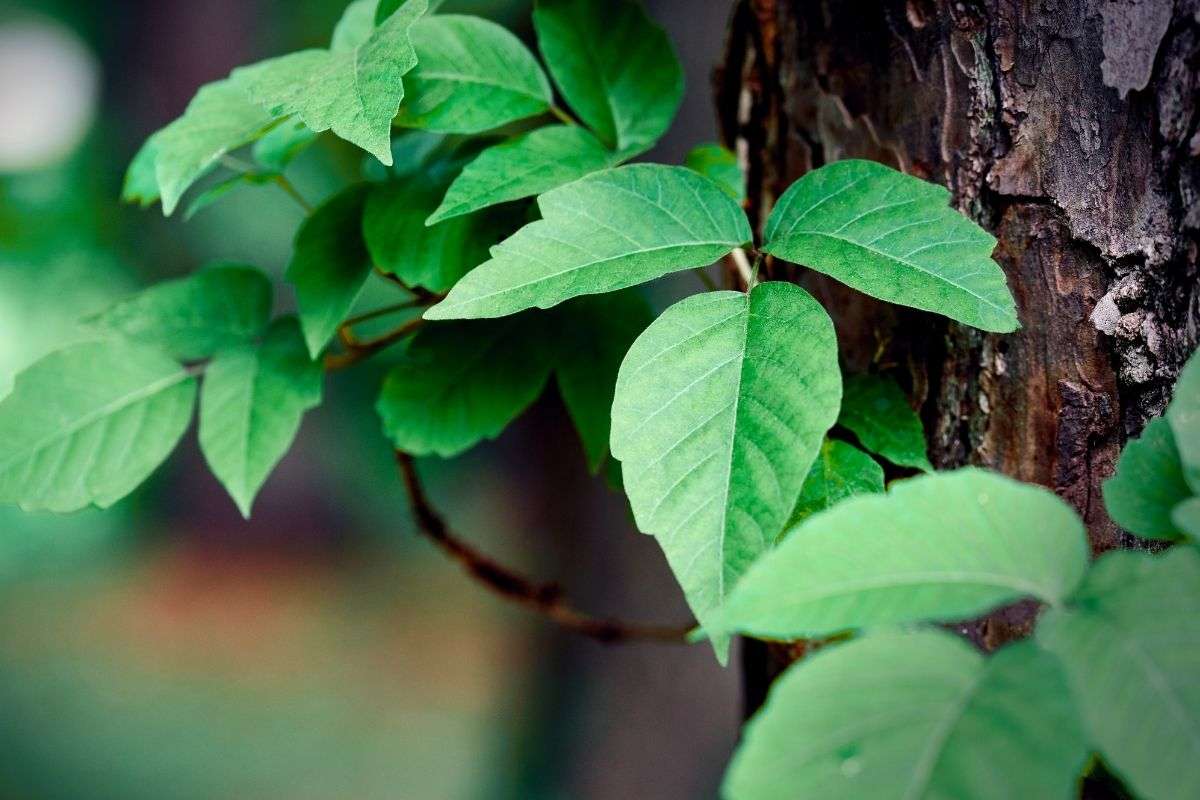
If there’s one thing to avoid while walking through the woods, it’s gotta be poison ivy. (Okay, maybe it’s not the only thing to avoid, but it’ll put a damper on your camping trip.)
Accidentally touching a poison ivy vine can trigger a super itchy, uncomfortable rash with a one to two week healing time. Definitely not an experience we’d recommend.
To avoid a scratchy walk of shame to the drugstore, steer clear of shiny shrubs whose teardrop-shaped leaves contain clusters of three leaflets.
What Is Poison Ivy?
Poison ivy is a common plant found all across North America, and you guessed it: it’s poisonous. This woody climbing vine or shrub infamously features a trio of curved leaflets with jagged edges and pointed tips. Hence, the classic cautionary line “leaves of three, let it be.”
Another way to identify poison ivy is keeping an eye out for a longer stem on the middle leaf between those three leaflets.
So why shouldn’t you touch poison ivy? Well, you’ll be on a one-way trip to Itch City. An oil in the plant, urushiol, usually causes an allergic reaction and rash when people contact the sap. And the oil isn’t just in the leaves or stem — the entire plant is poisonous.
It can take a few days for the reaction to break out, and some lucky folks don’t react the first time — or at all! (Yes, we’re incredibly jealous of you.)
But it’s not just a matter of direct contact with the leaves! While you can’t transmit a poison ivy reaction from skin to skin like chickenpox, you can pass on the oil if it’s still on you. That’s why you should immediately wash the affected area as soon as you identify the reaction. Did you know your pet’s fur can carry the oil too?
Alright, so should you remove poison ivy if you spot it? Only with great caution. Wear long sleeves, long pants, and gloves, then use garden tools to dig up the entire root or spray it with a white vinegar mixture. Whatever you do, never burn poison ivy. Inhaling smoke containing urushiol is incredibly dangerous, so just trash it instead.
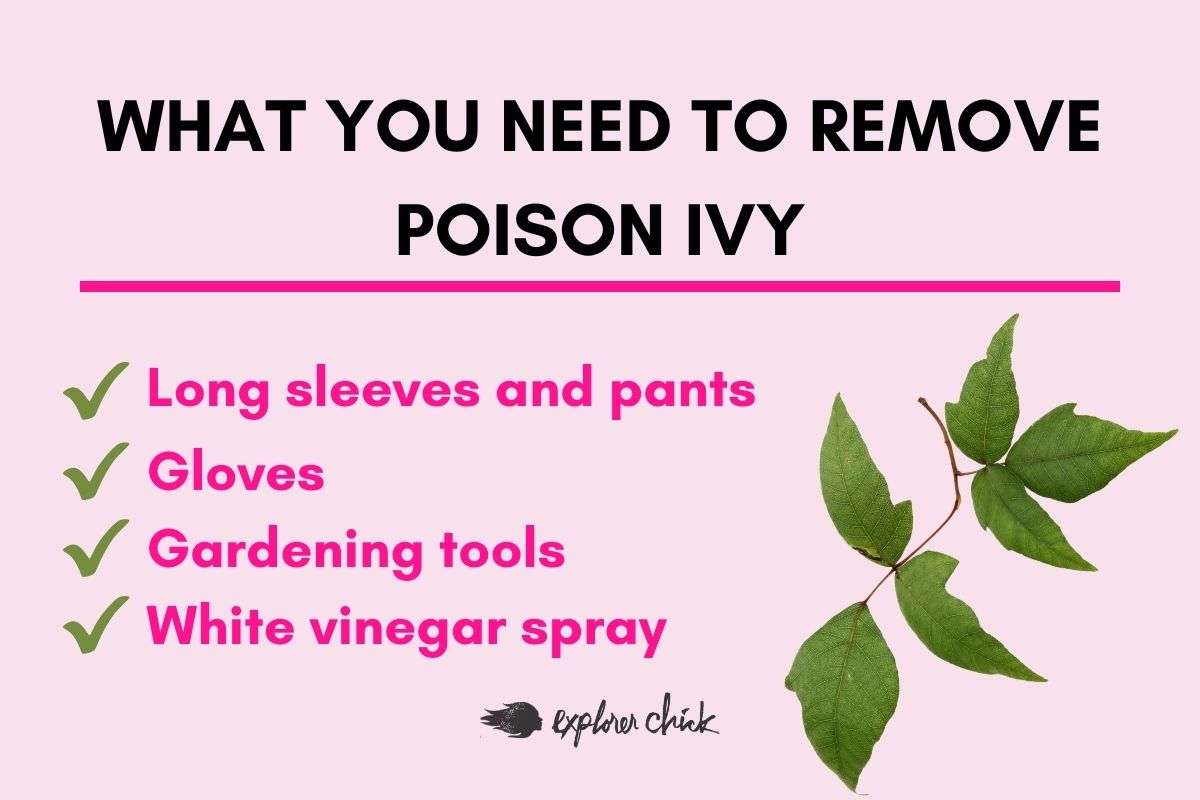
Where you’ll find the poison ivy plant
Poison ivy comes in tons of varieties and is found all over North America (and the world). Well, except Alaska, Hawaii, and Newfoundland, Canada. Still, it’s most common around the eastern and midwestern states.
But when we say it’s found all over, we mean it. Poison ivy vines can thrive in sunny, wooded, or moist areas, including backyards, forests, and even ocean beaches.
If you ever find yourself in these spots without an outhouse nearby, do a thorough check before you squat. An itchy rash is never fun, but there are some places you definitely won’t want to make contact with poison ivy.
Poison Ivy Identification (In All Seasons)
Bummer alert: poison ivy plants can attack at any time of the year. Yup, even in winter when it’s impossible to use the “three leaves” warning to identify a bare stem *eye roll.* So, let’s take a look at how to identify poison ivy before we’re met with an unfortunate rash.
In the spring
Most sprouting poison ivy leaves are red in early spring, growing greener foliage as the weather warms. However, some may skip the red stage altogether.
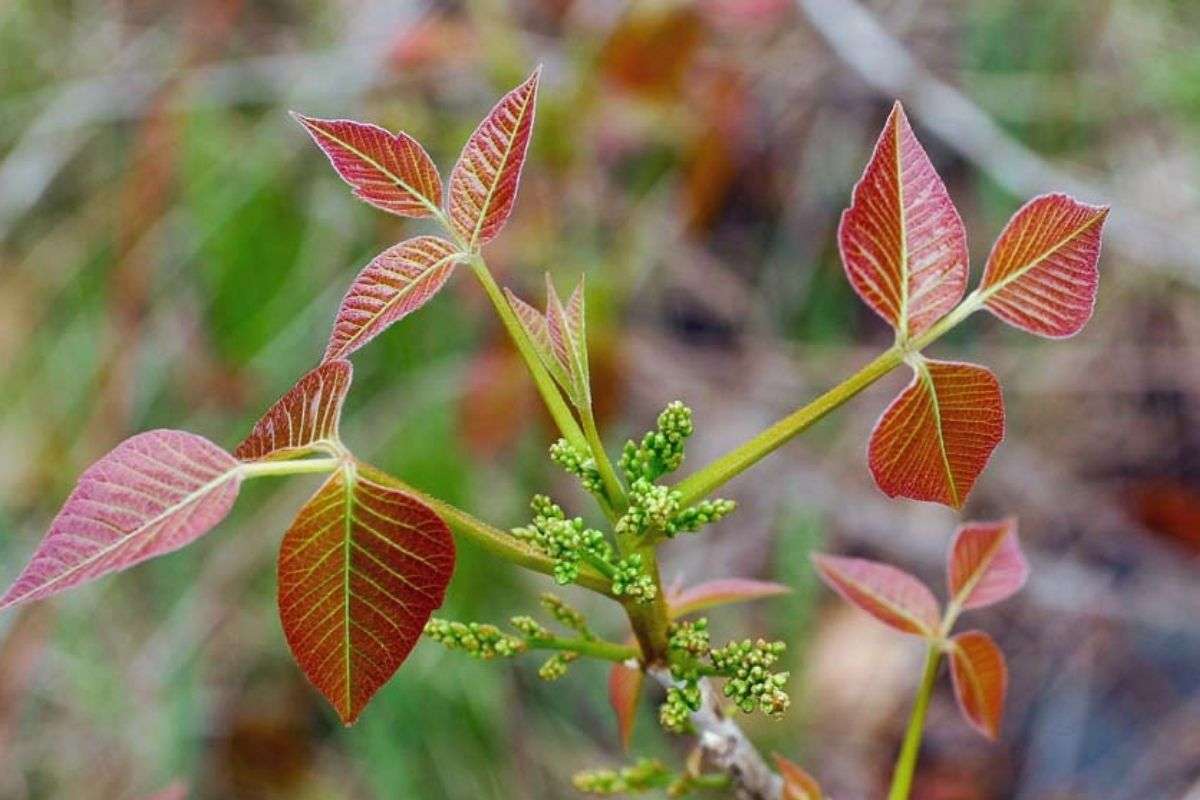
You might notice early signs of green buds at the stem at this time too.
In the summer
That gorgeous red color transitions into green once summer hits, making the plants much easier to miss. (Camouflage is cool and all, but really? Why can’t it just stay an alarming shade of red year-round?)
By now, the buds will have bloomed into delicate pale-green or off-white flowers. Each one is star-like with five petals and a golden center.
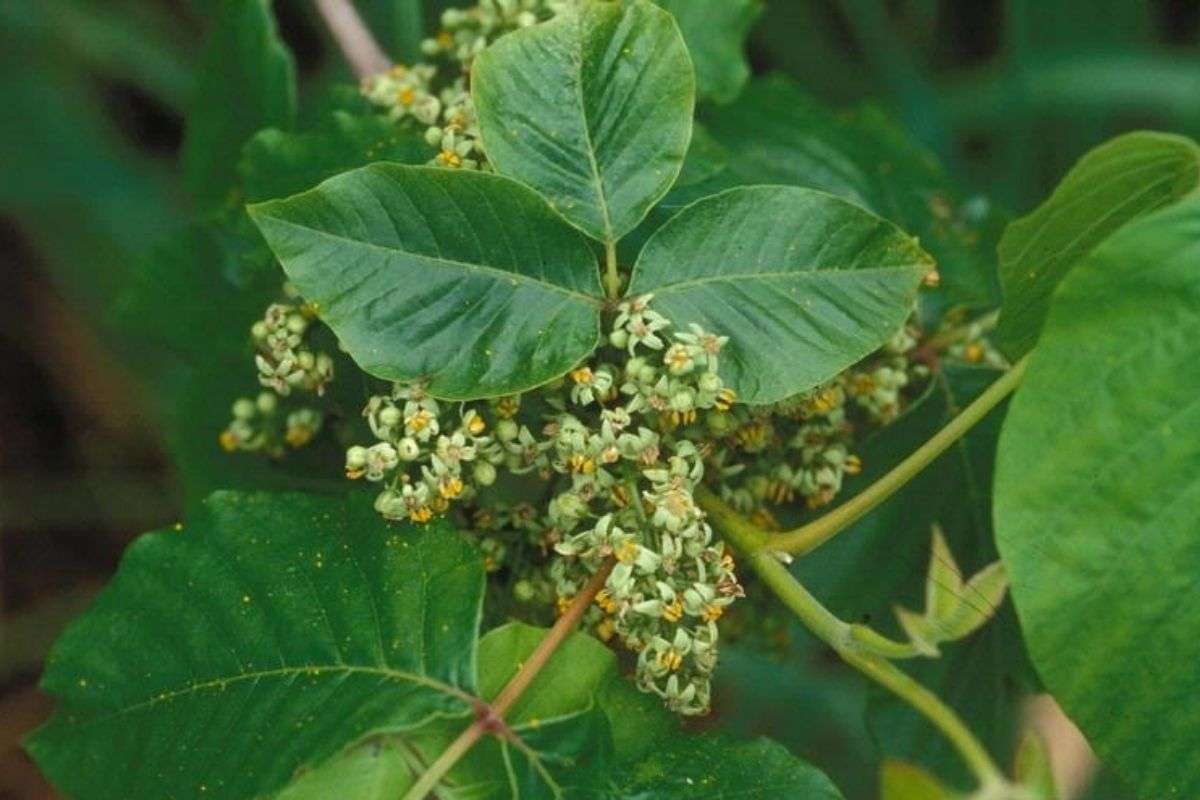
Remember, poison ivy can be a climbing vine that may grow vertically along a tree or fence as well. So look up too!
In the fall
Like most deciduous plants, poison ivy’s leaves turn yellow, orange, or red once autumn hits. It’s actually among the first flora to change colors! The gorgeous shades may draw you in, but back away if you spot those tiny pale berries. The fruits are much more visible this time of year.

In the winter
Don’t let your guard down when exploring the wilderness in winter! Poison ivy’s leaves turn dark red before they fall off in the cooler months, but that doesn’t mean it’s safe to touch. The entire plant can still cause allergic reactions, leaves or not.
But how do you identify poison ivy in winter then? Look for its white berries and slim bare or “hairy” branches and roots.
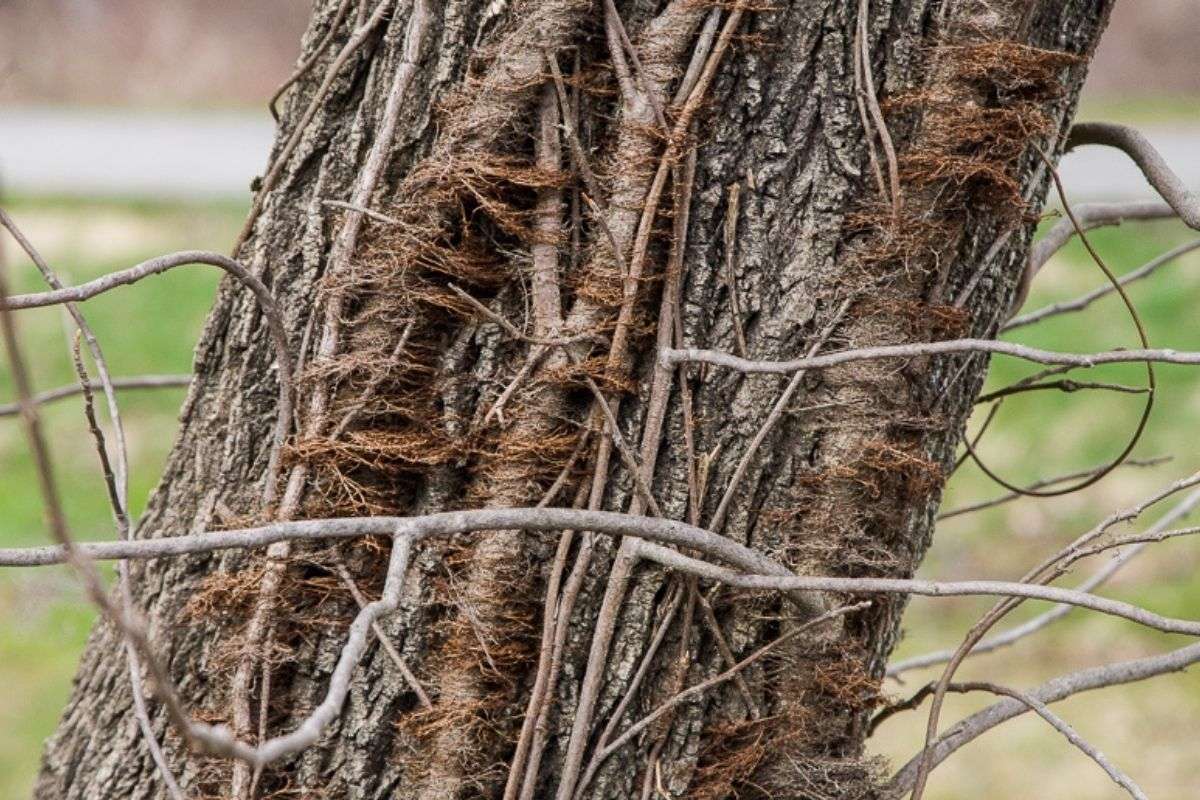
Poison ivy on a vine vs shrub
Learning about the type of poison ivy that grows in your geographical location can be a big help. Knowing your local variety can narrow down where to look for the poisonous plant. We get that your eyes can’t be everywhere at once!
Remember when we said it’s most commonly found across the midwest to the east coast? That’s the eastern poison ivy plant. But most people just call this “poison ivy.” If there were a “regular” kind, this would be it. The eastern poison ivy vine is a big ol’ climber. Shoutout to its aerial roots for that!
And on the other hand, you can probably guess that western poison ivy is more common around the west side of the continent. But these guys prefer to lay low. It’s the sprawling shrubs you need to worry about over on the Pacific coast. Oh, and these ones are hairless.
What can be mistaken for poison ivy?
Unsure if it’s poison ivy or other plants? You might mistake poison ivy leaves for some other common flora.
Poison Oak
Did you know that following the trusty “leaves of three, let it be” rule can also protect you from poison oak? This plant can be a bit easier to identify than poison ivy, thanks to the iconic smooth and lobed shape of those oak leaves. But unlike regular oak trees, poison oak is a shrub — and its vines appear textured or “hairy.”
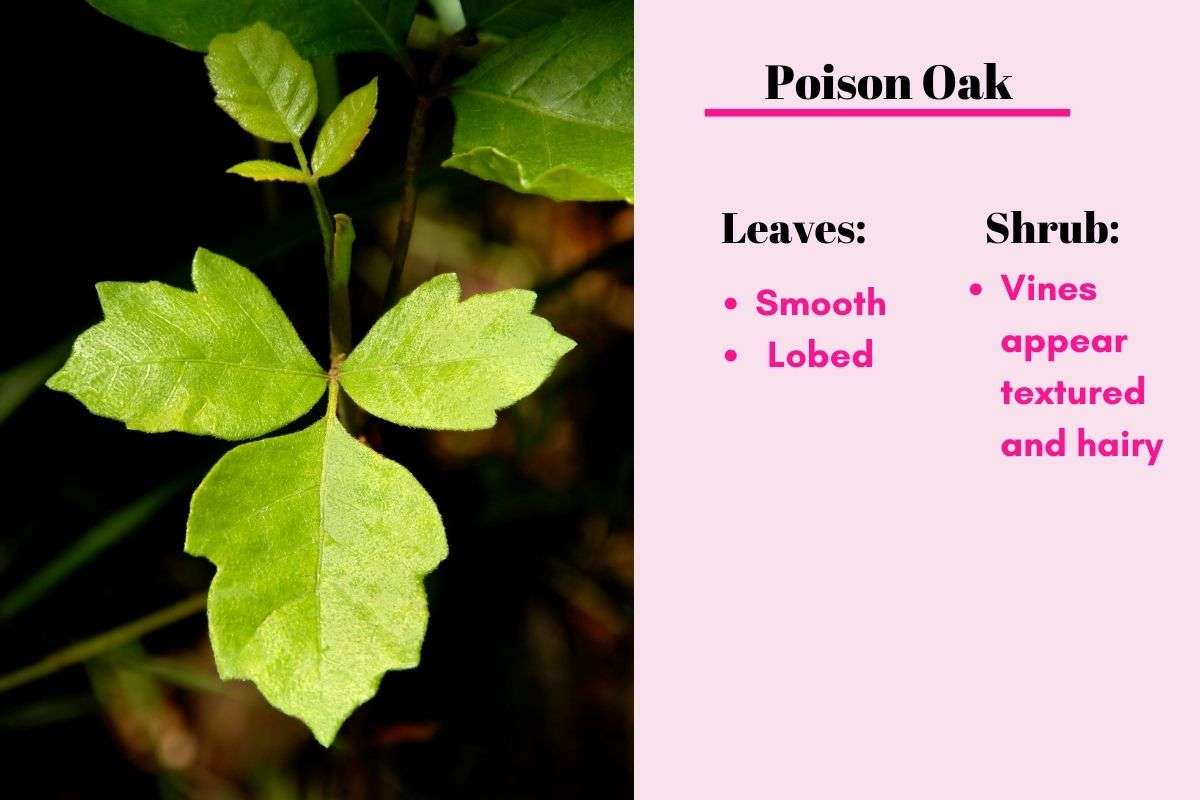
Poison Sumac
Although poison ivy is part of the Sumac family, poison sumac is not the same plant. Poison sumac leaves have curved, smooth edges with a pointed tip. The leaflets come in groups between seven to thirteen but are always found in odd numbers.
Luckily, this tall shrub typically grows in swamps. So unless you’re channeling some Princess Bride energy, it should be pretty easy to avoid.
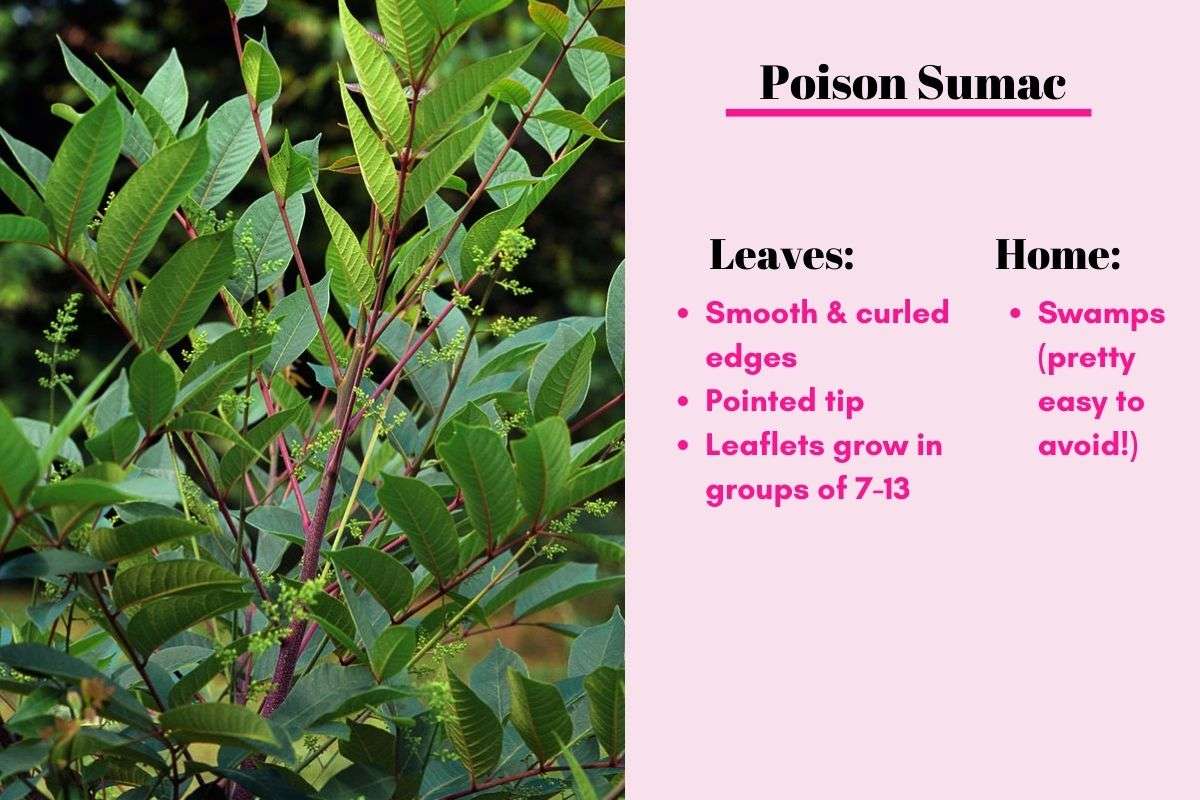
Virginia Creeper
There’s one super simple way to differentiate between poison ivy and Virginia creeper. Just count the leaves! Virginia creepers have five leaves per stem, but unlike poison ivy, they’re totally safe. Phew! One less thing to worry about.
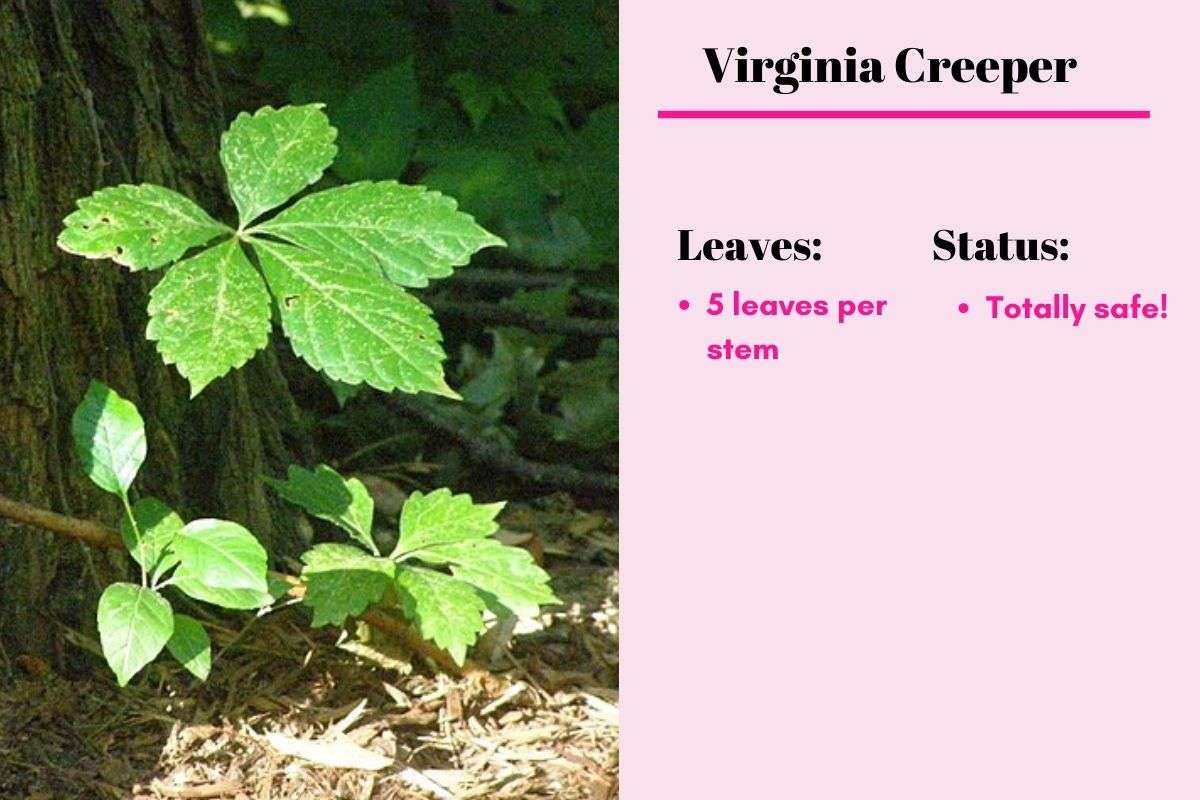
What to do if you get poison ivy rash
If you’re desperate for some itch-relief while reading this, don’t worry. We’ll get to some treatments soon. But remember always to see a doctor if you’re experiencing severe reactions to poison ivy.
Here are some popular tips and home remedies:
- Wash your skin immediately, but skip the hot water (it can make the reaction worse)
- No water available? Remove the sap with rubbing alcohol
- Try applying calamine lotion to the affected areas
- Take oral antihistamines
- Make a baking soda paste and apply directly to the affected area
- Other plants nearby? Sap from jewelweed (touch me not) is soothing
- Grab some hydrocortisone cream and apply to affected area
- Thoroughly wash or throw away all of your infected clothing
- See a doctor if you need
Sources
Canada, Health. “Poison Ivy.” Canada.ca, Government of Canada, 8 July 2016, www.canada.ca/en/health-canada/services/home-garden-safety/poison-ivy.html.
Centers for Disease Control and Prevention. “Identifying Poisonous Plants.” Centers for Disease Control and Prevention, Centers for Disease Control and Prevention, 1 June 2018, www.cdc.gov/niosh/topics/plants/identification.html.
Native Plant Trust. “Toxicodendron Radicans (L.) Kuntze.” Native Plant Trust: Go Botany, Native Plant Trust, gobotany.nativeplanttrust.org/species/toxicodendron/radicans/.
Native Plant Trust. “Toxicodendron Rydbergii (Small Ex Rydb.) Greene.” Native Plant Trust: Go Botany, Native Plant Trust, gobotany.nativeplanttrust.org/species/toxicodendron/rydbergii/.
Partker, Mary Michaela. “Poison Ivy vs. Virginia Creeper.” Mississippi State University Extension Service, Mississipi State University, extension.msstate.edu/blog/poison-ivy-vs-virginia-creeper.
“Tips to Identify Poison Ivy.” American Museum of Natural History, American Museum of Natural History, www.amnh.org/learn-teach/curriculum-collections/biodiversity-counts/plant-identification/tips-to-identify-poison-ivy.Whelan, Corey. “How to Identify Poison Ivy: In Spring, Summer, Fall & Winter.” Healthline, Healthline Media, 7 May 2020, www.healthline.com/health/how-to-identify-poison-ivy.
Meet the Writer

Megan Wray
Megan Wray is a queer, mixed-race Japanese-Canadian freelance writer based on Treaty 1 Territory. Passionate about pleasure, identity, and anti-oppression, Megan’s fuelled by meaningful chats about topics that aren’t “appropriate” for dinner table conversation. When she’s not writing, you can find Megan cooking vegan food, singing to live music, and trying to understand astrology.
More tips for surviving in nature
- How To Keep Your Feet Warm During Winter Hikes
- How to Identify Poison Ivy (And How to Treat an Allergic Reaction)
- How to Stay Warm in a Tent: 5 Cold Camping Tips
- 5 Winter Survival Tips for Outdoor Adventurers [UPDATED FOR 2022]
- Beginner’s Guide to Making a Homemade Fire Starter
- 11 Tips for Safely Hiking Alone as a Woman
- 3 Tips for Winter Hiking Safety

